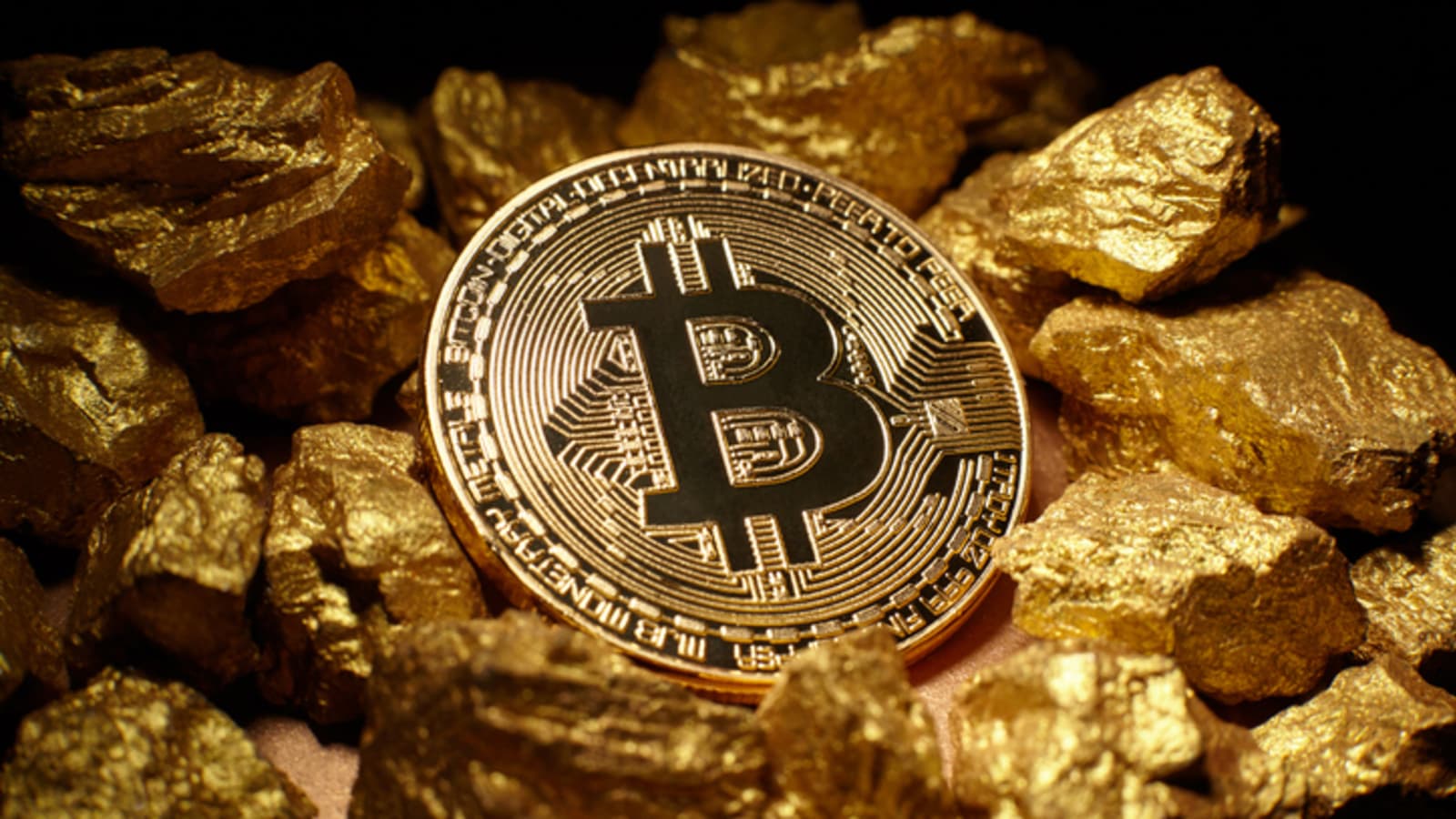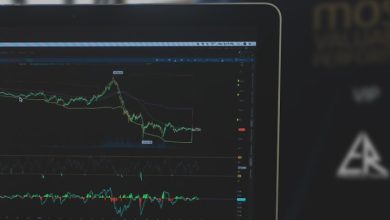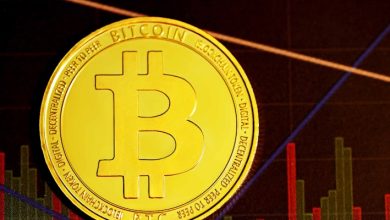The Relationship Between Crypto and Gold

- Understanding the historical significance of gold as a store of value
- Exploring the similarities and differences between gold and cryptocurrencies
- The role of gold in traditional investment portfolios compared to cryptocurrencies
- How the rise of cryptocurrencies is impacting the demand for gold
- Regulatory challenges faced by both the crypto and gold industries
- Potential future trends in the relationship between crypto and gold
Understanding the historical significance of gold as a store of value
Gold has been a **store** of **value** for centuries, with a rich **historical** significance that dates back to ancient civilizations. Throughout **history**, gold has been prized for its rarity, durability, and beauty. It has been used as a form of **currency**, a symbol of wealth and power, and a hedge against **inflation** and economic uncertainty.
In ancient times, gold was used in trade and **barter** as a **medium** of exchange. It was valued for its **scarcity** and **universally** accepted **worth**. Gold coins were minted by various civilizations, including the Greeks, Romans, and Egyptians, to facilitate **commerce** and **economic** transactions.
During the **Middle** Ages, gold continued to be a **symbol** of wealth and **status**. Kings and nobles adorned themselves with gold jewelry and crowns to display their **power** and **authority**. Gold was also used to finance wars and **expeditions**, as it could be easily transported and **converted** into other **assets**.
In modern times, gold has retained its **value** as a **safe** haven **investment**. Investors turn to gold during times of **economic** turmoil and **market** volatility, as it tends to hold its **value** when other **assets** decline. Central banks around the world hold significant **reserves** of gold to **stabilize** their **currencies** and **protect** against **currency** fluctuations.
Overall, the **historical** significance of gold as a **store** of **value** cannot be overstated. Its **timeless** **appeal** and **reliability** have made it a **cornerstone** of the **financial** system for centuries. As **investors** continue to seek **safe** haven **assets** in an **uncertain** world, gold remains a **trusted** **store** of **value** that transcends **time** and **culture**.
Exploring the similarities and differences between gold and cryptocurrencies
When exploring the similarities and differences between gold and cryptocurrencies, it is important to consider various aspects of both assets. While both gold and cryptocurrencies are considered alternative investments, they have distinct characteristics that set them apart.
- Similarities:
- Both gold and cryptocurrencies are seen as stores of value that can act as a hedge against economic uncertainty.
- Investors often turn to gold and cryptocurrencies during times of market volatility.
- Both assets have limited supplies, with gold being a finite physical resource and many cryptocurrencies having a capped supply.
- Differences:
- Gold has been a recognized store of value for centuries, while cryptocurrencies are a relatively new asset class that emerged in the digital age.
- Gold is a tangible asset that you can hold in your hand, while cryptocurrencies exist only in digital form.
- The value of gold is influenced by factors such as supply and demand, while cryptocurrencies can be more volatile due to factors like regulatory developments and technological advancements.
Overall, while gold and cryptocurrencies share some similarities as alternative investments, they also have key differences that make them unique assets with their own set of characteristics and considerations for investors.
The role of gold in traditional investment portfolios compared to cryptocurrencies
When comparing the role of gold in traditional investment portfolios to cryptocurrencies, it is important to consider the historical significance and stability of gold as a store of value. Gold has been used as a form of currency and investment for centuries, with its value often remaining relatively stable over time. This makes gold a popular choice for investors looking to hedge against inflation and economic uncertainty.
On the other hand, cryptocurrencies are a relatively new asset class that has gained popularity in recent years. While cryptocurrencies like Bitcoin have shown the potential for high returns, they also come with a higher level of volatility and risk compared to gold. This makes cryptocurrencies a more speculative investment compared to the more conservative nature of gold.
Investors looking to diversify their portfolios may choose to include both gold and cryptocurrencies to take advantage of the different benefits each asset class offers. Gold can provide stability and a hedge against economic downturns, while cryptocurrencies can offer the potential for high returns in a rapidly evolving digital economy.
How the rise of cryptocurrencies is impacting the demand for gold
The rise of cryptocurrencies has had a significant impact on the demand for gold in recent years. As digital currencies like Bitcoin and Ethereum gain popularity, some investors are turning to these alternative assets as a store of value instead of traditional precious metals like gold.
One of the reasons for this shift is the perceived stability and security of cryptocurrencies compared to gold. While gold has long been considered a safe haven asset, some investors see cryptocurrencies as a more modern and efficient store of value. The decentralized nature of cryptocurrencies also appeals to those who are wary of government intervention in the financial system.
Additionally, the rise of cryptocurrencies has made it easier for investors to diversify their portfolios. With the click of a button, investors can buy and sell cryptocurrencies on various exchanges, whereas investing in gold typically requires physical storage and transportation.
However, it’s important to note that gold still holds a special place in the hearts of many investors. The precious metal has a long history of being used as a hedge against inflation and economic uncertainty. Some investors view gold as a timeless asset that will always hold value, regardless of market conditions.
In conclusion, while the rise of cryptocurrencies has certainly impacted the demand for gold, it’s unlikely that digital currencies will completely replace the precious metal as a store of value. Both assets have their own unique characteristics and benefits, and many investors choose to hold a mix of both in their portfolios to diversify and mitigate risk.
Regulatory challenges faced by both the crypto and gold industries
Both the crypto and gold industries face regulatory challenges that can impact their operations and growth. These challenges stem from the need to comply with various laws and regulations set forth by governments and financial authorities.
For the crypto industry, one of the main regulatory challenges is the lack of clear guidelines and oversight from regulatory bodies. This uncertainty can lead to confusion and potential legal issues for crypto businesses and investors. Additionally, the decentralized nature of cryptocurrencies makes it difficult for regulators to monitor and control the market effectively.
On the other hand, the gold industry also faces regulatory challenges, such as compliance with anti-money laundering (AML) and know your customer (KYC) regulations. These regulations are in place to prevent illegal activities such as money laundering and terrorist financing. However, they can also create additional administrative burdens for gold companies.
Overall, navigating these regulatory challenges requires both industries to stay informed about the latest developments in regulations and work closely with regulators to ensure compliance. By addressing these challenges proactively, both the crypto and gold industries can continue to thrive in a regulated environment.
Potential future trends in the relationship between crypto and gold
As the financial landscape continues to evolve, there are several potential future trends in the relationship between crypto and gold that could shape the market dynamics in the coming years.
- Increased correlation: One possible trend is an increased correlation between crypto and gold prices. As both assets are seen as alternative investments, they may start to move more closely in tandem as investors seek to diversify their portfolios.
- Integration of crypto and gold markets: Another trend could be the integration of crypto and gold markets, with new financial products that allow investors to easily switch between the two assets. This could lead to a more seamless relationship between the two markets.
- Regulatory developments: Regulatory developments could also play a significant role in shaping the relationship between crypto and gold. As governments around the world continue to develop regulations for crypto assets, these rules could impact how investors view gold as a safe haven asset.
- Technological advancements: Technological advancements in the crypto space could also impact the relationship with gold. For example, the development of blockchain technology could make it easier to track the provenance of gold and ensure its authenticity, which could increase its appeal to crypto investors.
Overall, the future relationship between crypto and gold is likely to be shaped by a combination of market forces, regulatory developments, and technological advancements. By staying informed about these trends, investors can better position themselves to navigate the evolving landscape of alternative investments.



